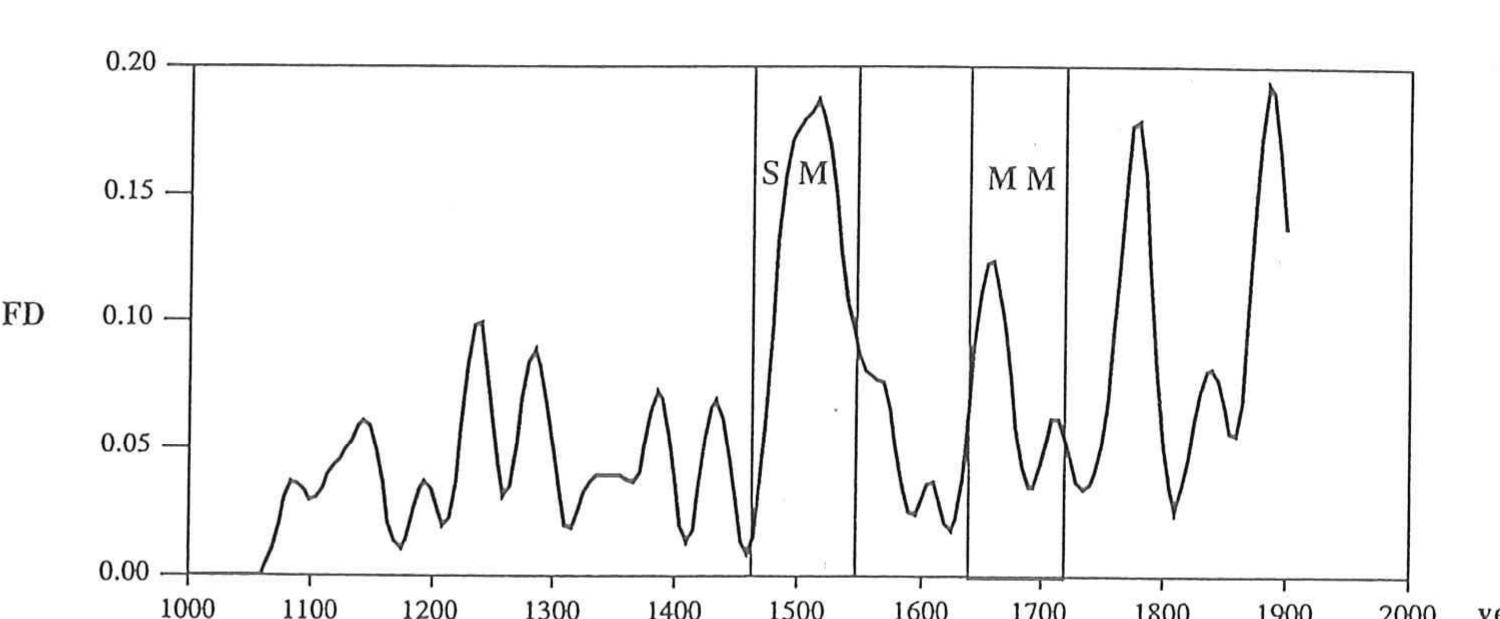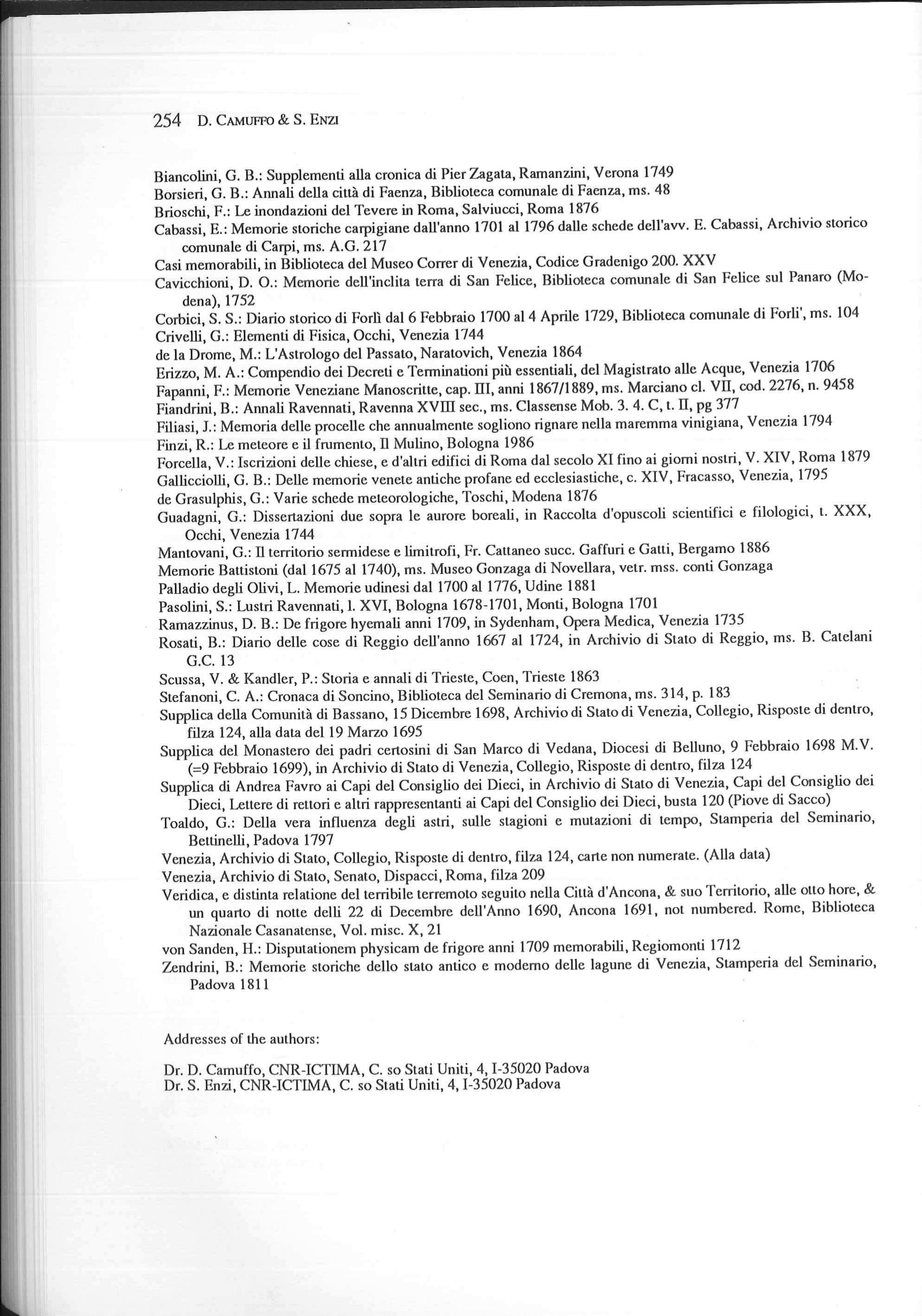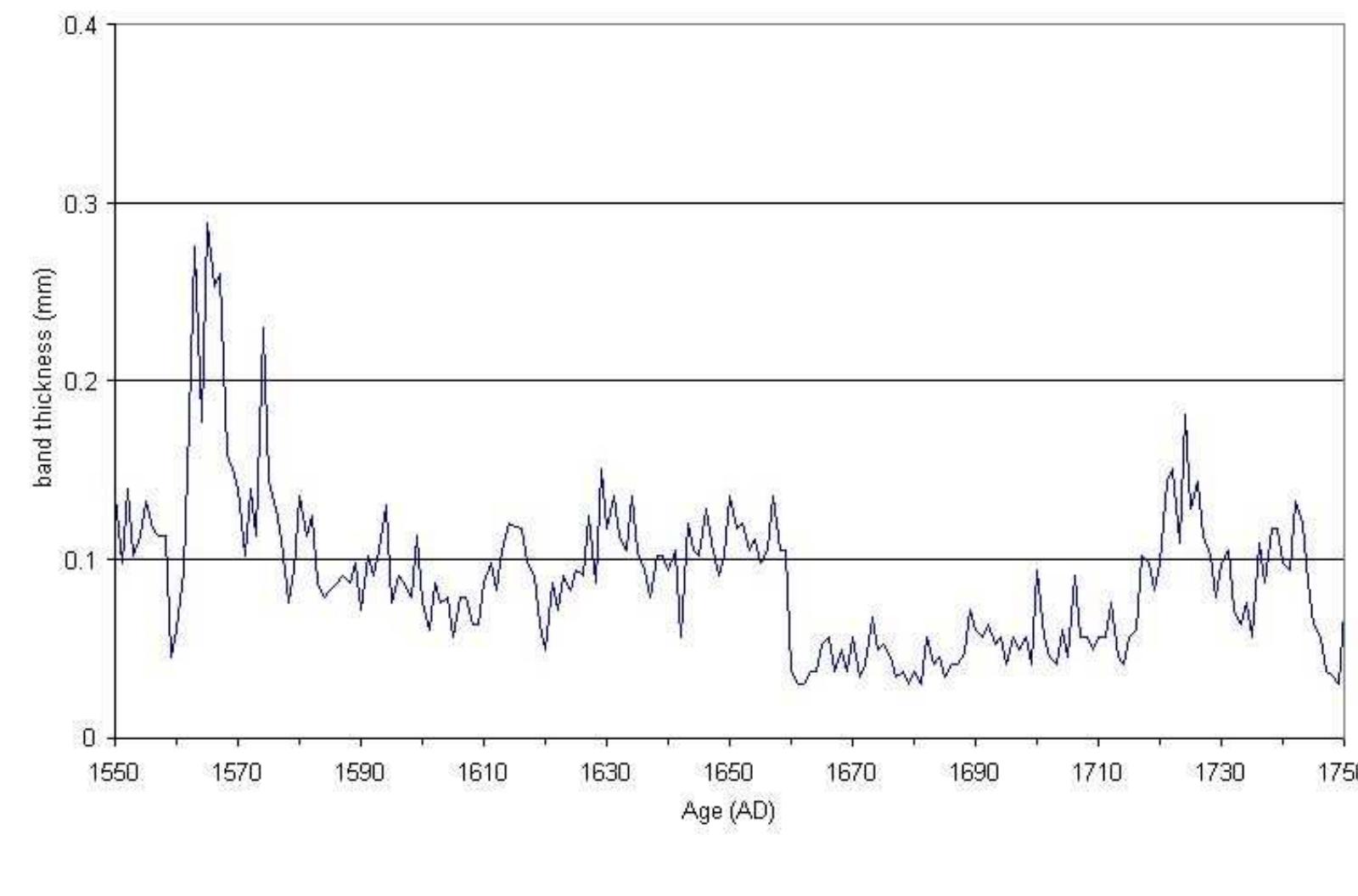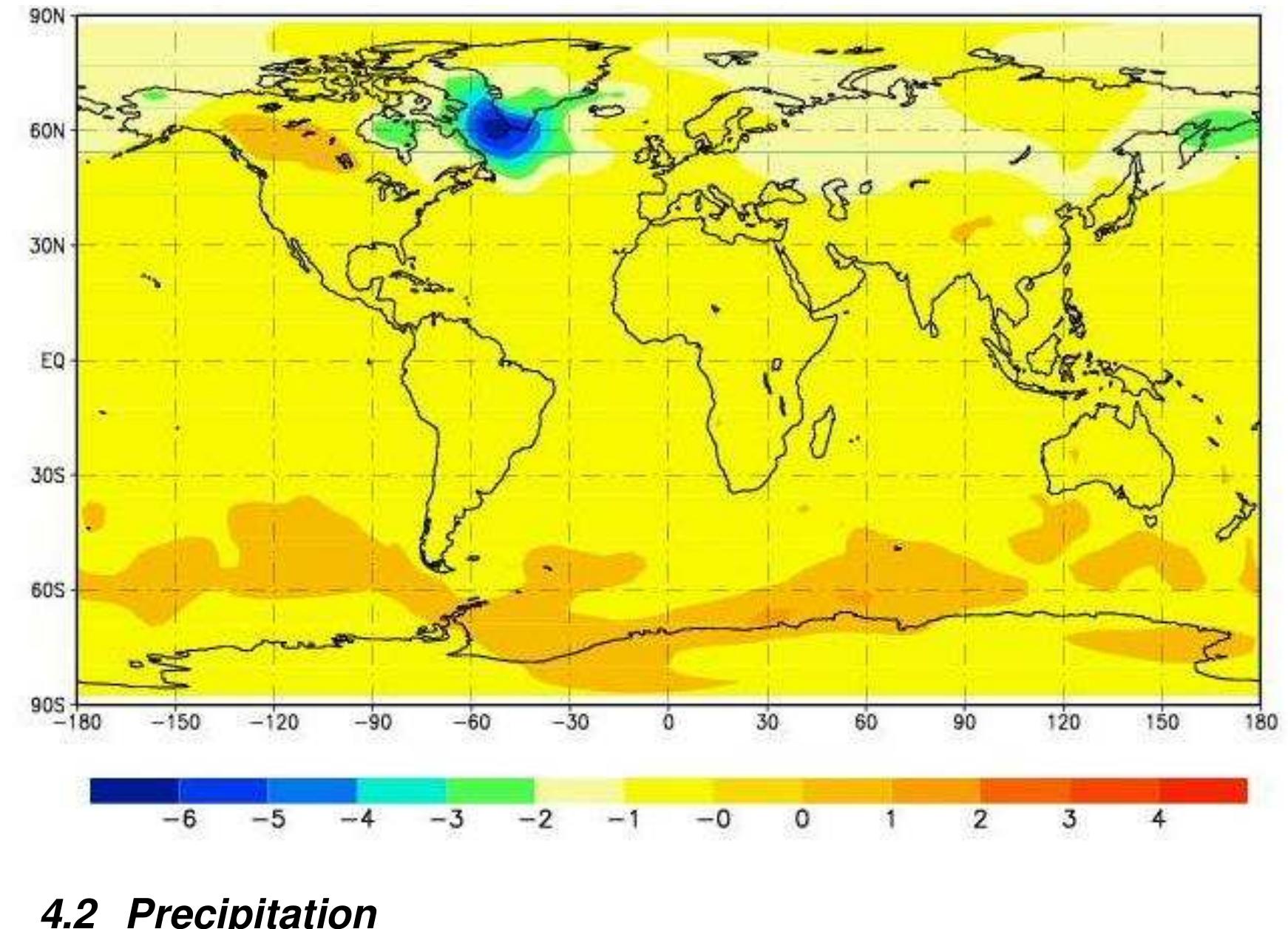Using the water isotope-and vapor source distribution (VSD) tracer-enabled Goddard Institute for Space Studies ModelE-R, we examine changing El Niño-Southern Oscillation (ENSO)-like expressions in the hydrological cycle in a suite of...
moreUsing the water isotope-and vapor source distribution (VSD) tracer-enabled Goddard Institute for Space Studies ModelE-R, we examine changing El Niño-Southern Oscillation (ENSO)-like expressions in the hydrological cycle in a suite of model experiments. We apply strong surface temperature anomalies associated with composite observed El Niño and La Niña events as surface boundary conditions to preindustrial and mid-Holocene model experiments in order to investigate ENSO-like expressions in the hydrological cycle under varying boundary conditions. We find distinct simulated hydrological anomalies associated with El Niño-like ("ENSO WARM ") and La Niña-like ("ENSO COOL ") conditions, and the region-specific VSD tracers show hydrological differences across the Pacific basin between El Niño-like and La Niña-like events. The application of ENSO COOL forcings does not produce climatological anomalies that represent the equal but opposite impacts of the ENSO WARM experiment, as the isotopic anomalies associated with ENSO WARM conditions are generally stronger than with ENSO COOL and the spatial patterns of change distinct. Also, when the same ENSO-like surface temperature anomalies are imposed on the mid-Holocene, the hydrological response is muted, relative to the preindustrial. Mid-Holocene changes in moisture sources to the analyzed regions across the Pacific reveal potentially complex relationships between ENSO-like conditions and boundary conditions. Given the complex impacts of ENSO-like conditions on various aspects of the hydrological cycle, we suggest that proxy record insights into paleo-ENSO variability are most likely to be robust when synthesized from a network of many spatially diverse archives, which can account for the potential nonstationarity of ENSO teleconnections under different boundary conditions. 1.1. Proxy δ 18 O Reconstructions Paleoclimatic studies can provide a long-term context for understanding varying ENSO expressions [Jones and Mann, 2004; Gergis et al., 2006], although there remain obstacles to increasing our understanding of ENSO variability through both paleoarchives and model-based approaches. First, precisely dated, wellresolved, readily interpretable proxy records are limited. While oxygen isotope (δ 18 O, δ in permil units, ‰, of the subscripted value relative to a known standard) archives can provide high temporal resolution records from ENSO-impacted areas [Cobb et al., 2003, 2013], proxy δ 18 O is often dependent on multiple, complex climatic δ 18 O. Coral δ 18 O responds to water temperature changes together with rainfall variability, due to the influence of isotopically depleted rainfall on surface ocean composition [Tudhope et al., 2001]. Speleothem LEWIS ET AL.















